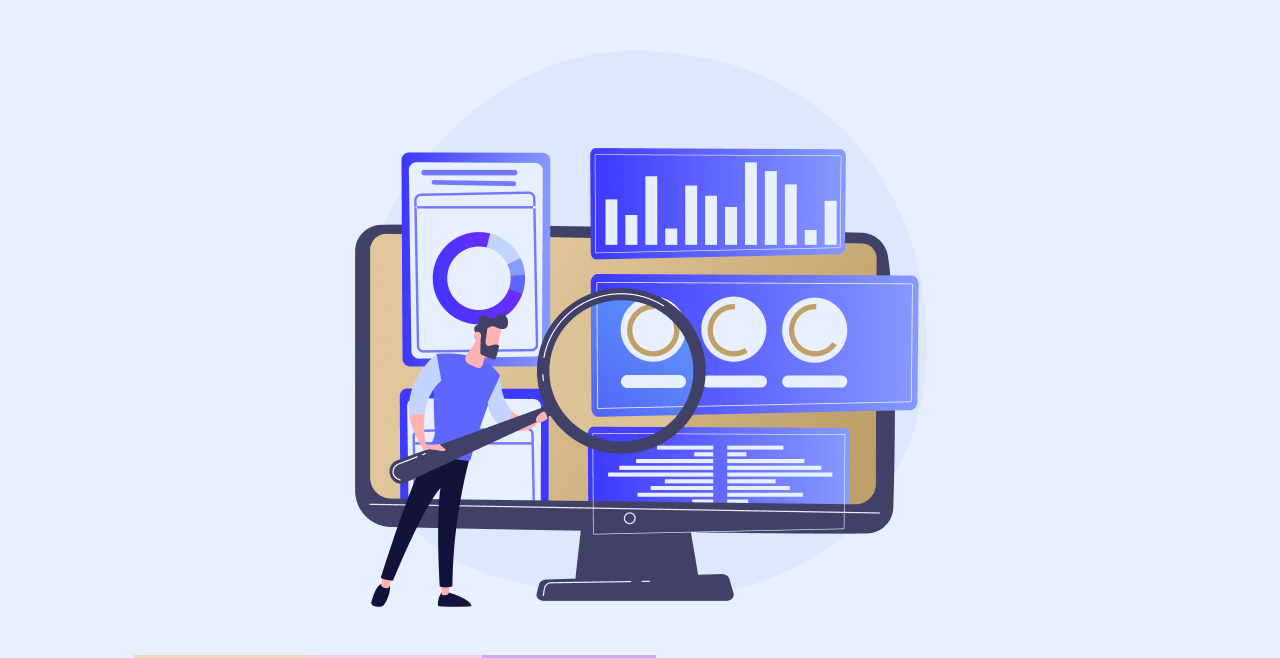
Pricing is a critical aspect of any business strategy, and understanding how changes in price impact demand is essential for making informed decisions. Price elasticity analysis is a powerful tool that helps businesses determine how sensitive their customers are to changes in price. In this blog post, we will explore the types of data required and the importance of data quality when conducting a Price Elasticity Analysis.
Why Price Elasticity Matters:
Price elasticity measures the responsiveness of quantity demanded to a change in price. By understanding the price elasticity of their products, businesses can optimize pricing strategies to maximize revenue and profit. For instance, if a product has low price elasticity, it means that consumers are less sensitive to changes in price, and the business can consider raising prices to increase revenue without a significant impact on demand.
Benefits of Price Elasticity Analysis with AI:
Utilizing AI in price elasticity analysis enhances the accuracy and efficiency of the process. Machine learning algorithms can analyze vast amounts of data, identify patterns, and predict how changes in pricing will affect customer behaviour. This enables businesses to forecast demand more accurately and set optimal prices that balance profitability and market competitiveness. To know more, here are a few Examples of price Elasticity of Demand that can help understand better.
Types of Data:
To conduct a comprehensive Price Elasticity Analysis, businesses need data from various sources:
- End Customers: Price data directly from end customers provides the most accurate representation of market dynamics.
- B2B Segments: Pricing information from business-to-business segments is crucial for understanding how pricing impacts wholesale and distribution channels.
- Distributors and Wholesalers: Insights from distributors and wholesalers offer a perspective on the supply chain and the impact of pricing at different stages.
Frequency of Sale:
The frequency of sales within each group is a crucial factor. If pricing changes infrequently, such as once a year, the data may not capture the full range of customer responses. This is particularly relevant for negotiations on sales prices, where the focus may be on securing contracts rather than assessing price sensitivity.
Also Read: The Difference Between Price Sensitivity and Price Elasticity
Data Quality:
Having a large quantity of data points is essential, but data quality is equally crucial. To ensure reliable results from a Machine Learning model, consider the following:
- Data Verification: Engage your data team to verify the accuracy and completeness of your dataset.
- Variance and Correlation: Assess the level of variance and correlation in the data. Low variance indicates consistent patterns, while high correlation suggests a stronger relationship between price changes and customer behaviour. (More on this later!)
How SYMSON Optimizes Your Prices and the Role of Data in Pricing Optimization
The pricing optimization process employed by SYMSON involves three key steps: input of data, analysis of data using AI algorithms, and the output of suggested or optimized prices. The quality of input data plays a crucial role in obtaining optimal prices for products, as higher data quality leads to more accurate and reliable output.
Data quality, in essence, measures how well-suited a dataset is for its specific purpose. The quality of input data is determined by three individual measures: count, variance, and correlation. Count refers to the quantity of data points, with a higher count score reflecting a greater variation in prices among order lines that make up one data point. If the variation is zero, the score reaches its maximum value of one. The aim is to aggregate order lines into one data point, ensuring that the prices generating a data point are as similar as possible.
Correlation, on the other hand, assesses the relationship between price and quantity sold. A higher correlation score indicates a stronger relationship between the two. The overall data quality score is a combination of a 5% count score, 35% variance score, and 60% correlation score. In cases of very small individual scores, different weights are applied to ensure a meaningful data quality score. The score ranges from zero to one, with a score of 0.74 in this scenario signifying high-quality input data and reliable outcomes.
If the score falls below 0.35, despite a high impact on gross margin, the outcomes may not be trustworthy. Improving data quality becomes crucial to avoid a "garbage in, garbage out" situation, ensuring the algorithm generates more accurate predictions of optimal prices, gross margin increases, and other related values.
To enhance data quality, consider importing more sales data from the past into the system, increasing the number of data points for analysis and generating more reliable output. Alternatively, selling more products contributes to acquiring additional data. While this may be easier said than done, it encapsulates the key elements of improving data quality.
Conclusion
Running a Price Elasticity Analysis requires a thoughtful selection of data sources and meticulous attention to data quality. By incorporating insights from various segments and ensuring the reliability of the data through verification and analysis of variance and correlation, businesses can leverage AI to predict optimal prices. This strategic approach empowers businesses to make informed decisions that balance profitability and market competitiveness in a dynamic economic landscape.
In summary, understanding and improving data quality are essential for obtaining reliable insights through the pricing optimization process. For any further inquiries or questions, feel free to request a demo on our website, and our team will assist you to the best of our abilities.
Do you want a free demo to try how SYMSON can help your business with margin improvement or pricing management? Do you want to learn more? Schedule a call with a consultant and book a 20 minute brainstorm session!
































